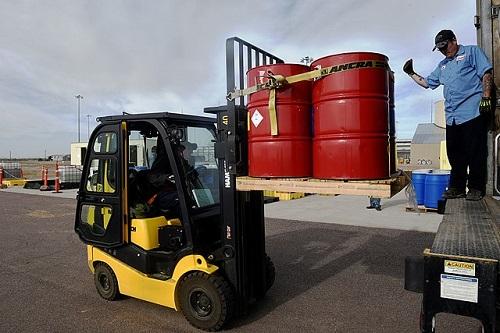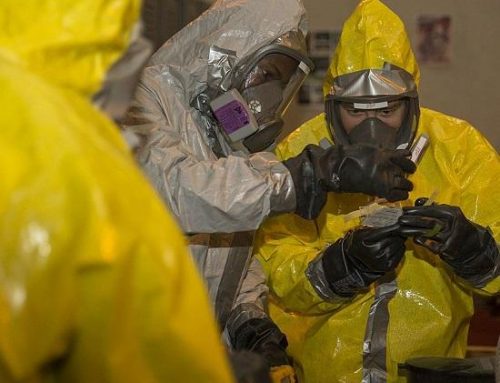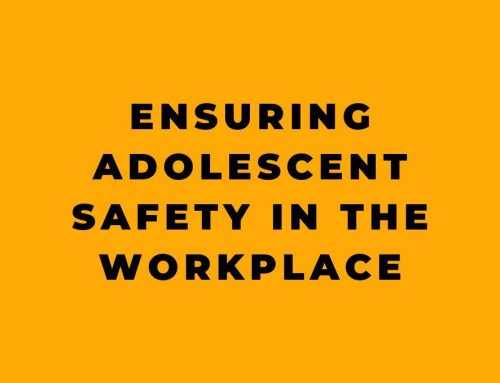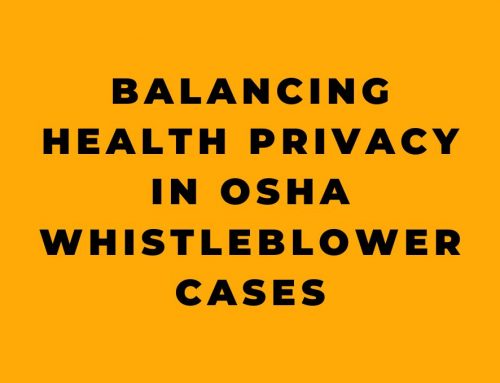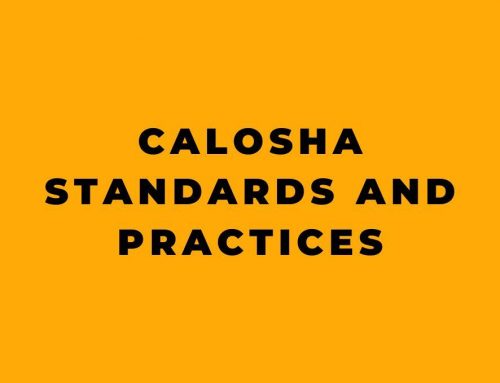OSHA defines “hazardous waste” as the waste form of a “hazardous substance” that is, a substance that will, or may, result in adverse effects on the health or safety of employees.
A “hazardous substance,” according to OSHA, means any substance designated or listed under points 1 through four below, exposure to which results, or may result, in adverse effects on the health or safety of employees.
- Any substance defined under section 101(14) of CERCLA.
- “Any biologic agent and other disease-causing agent which after release into the environment and upon exposure, ingestion, inhalation, or assimilation into any person, either directly from the environment or indirectly by ingestion through food chains, will or may reasonably be anticipated to cause death, disease, behavioral abnormalities, cancer, genetic mutation, physiological malfunctions (including malfunctions in reproduction) or physical deformations in such persons or their offspring.”
- Any substance listed by the U.S. Department of Transportation as a hazardous material under 49 CFR 172.101 and appendices (the Hazardous Materials Table).
- “Hazardous waste” is also a hazardous substance, with the following additions:
- A waste or combination of wastes as defined in 40 CFR 261.3
- Those substances defined as hazardous wastes in 49 CFR 171.8
You may be wondering why there are these references to other agencies if HAZWOPER training is OSHA-regulated. Well, the answer is simple: OSHA works with the EPA and the DOT for help with definitions as there are some shared responsibilities between these three agencies.


